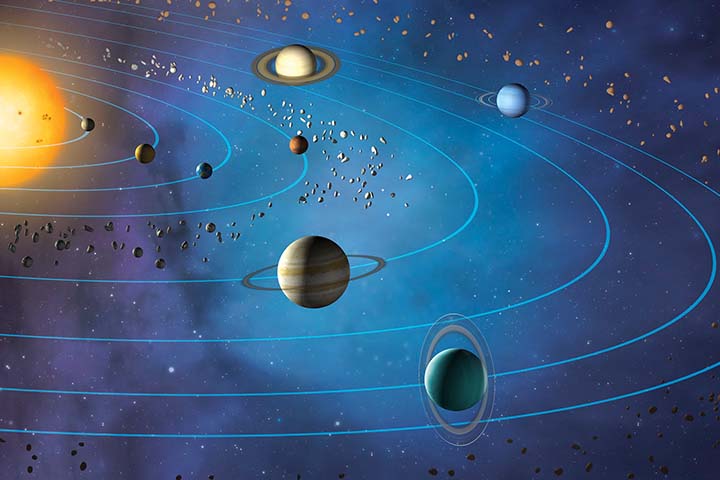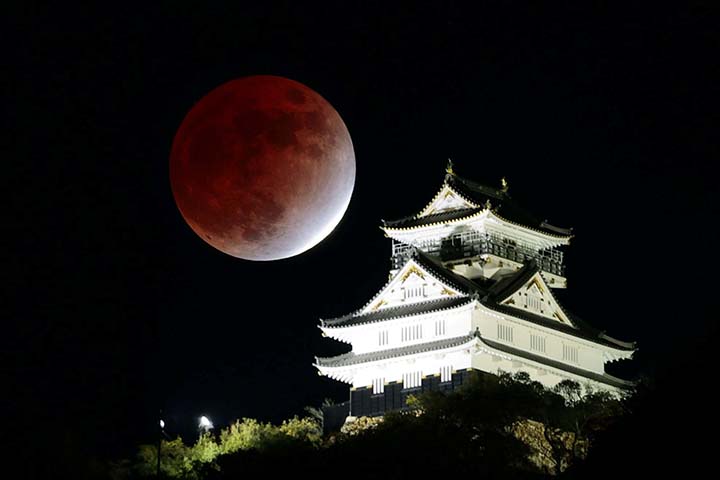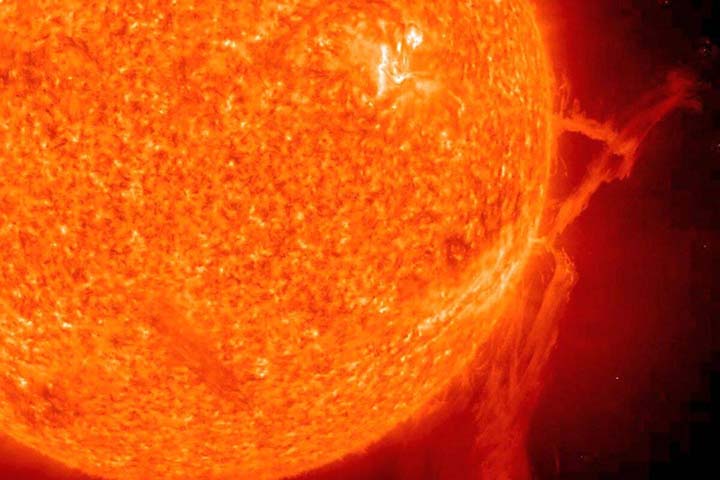Results
Astronomy Quiz
Brought to you by Kendriya Vidyalaya Adoor Library
Well done, guest! You deserve a trophy!
Reload quiz

Views: Today 1 | Total 1,375
Astronomy Quiz
Brought to you by Kendriya Vidyalaya Adoor Library
Nice try, guest. Why don't you take the quiz again?
Reload quiz

Views: Today 1 | Total 1,375

#1. Which star is closest to the Sun?
Proxima Centauri is the nearest star to our sun at 4.22 light-years away. It’s home to at least 2 planets and massive solar flares.

#2. Who invented the telescope?
Hans Lipperhey, also known as Johann Lippershey, was a German-Dutch spectacle-maker. He is commonly associated with the invention of the telescope, because he was the first one who tried to obtain a patent for it.

#3. In which year was the status of Pluto downgraded to that of a "dwarf planet"?
Dwarf planet is defined as an object, other than a natural satellite (moon), that orbits the Sun and that is, for practical purposes, smaller than the planet Mercury yet large enough for its own gravity to have rounded its shape substantially. The International Astronomical Union (IAU) adopted this category of solar system bodies in August 2006, designating Pluto, the even more-remote object Eris, and the asteroid Ceres as the first members of the category. Unlike major planets, these bodies are not massive enough to have swept up most smaller nearby bodies by gravitational attraction; they thus failed to grow larger.

#4. Earth's moon is the ________ largest natural satellite in the Solar System.
The brightest and largest object in our night sky, the Moon makes Earth a more livable planet by moderating our home planet’s wobble on its axis, leading to a relatively stable climate. It also causes tides, creating a rhythm that has guided humans for thousands of years.

#5. Which planet has the largest moon in the Solar system?
Jupiter’s Ganymede is the largest moon in the solar system (larger than the planet Mercury), and is the only moon known to have its own internally generated magnetic field.

#6. Two planets in the Solar System do not have any natural satellites. One is Venus. Which is the other one?
Of the eight planets in the solar system, six of them have natural satellites while two of them do not. These two planets are Mercury and Venus, which, incidentally, are the two planets closest to the sun. Outside of the eight planets, there are some dwarf planets, such as Pluto and Eris, that also have natural satellites.

#7. Which ancient astronomer mentioned in his work that the Moon and planets shine by reflected sunlight?
Solar and lunar eclipses were scientifically explained by Aryabhata. He stated that the Moon and planets shine by reflected sunlight. Instead of the prevailing cosmogony in which eclipses were caused by Rahu and Ketu (identified as the pseudo-planetary lunar nodes), he explained eclipses in terms of shadows cast by and falling on Earth.

#8. What is the visible part of the Sun called?
The visible surface of the Sun, the photosphere, is the layer below which the Sun becomes opaque to visible light. Photons produced in this layer escape the Sun through the transparent solar atmosphere above it and become solar radiation, sunlight.

#9. To date, 27 moons have been discovered around Uranus. Most of them have been named after
25 moons of Uranus have been named after characters from Shakespeare. Some examples are: Titania (A Midsummer Night’s Dream), Oberon (A Midsummer Night’s Dream), Ariel (The Tempest), Miranda (The Tempest) and Puck (A Midsummer Night’s Dream). Besides these, some asteroids also have been named after Shakespeare’s characters.

#10. Which planet in the Solar System has the most recorded number of satellites?
After 12 new natural satellites were discovered, Jupiter has beaten Saturn to become the planet, which has the most moons in the solar system. (https://economictimes.indiatimes.com/news/international/us/which-planet-has-most-natural-satellites-in-our-solar-system-read-to-know/articleshow/97611195.cms)
Views: Today 1 | Total 1,375


Kv kendrapara